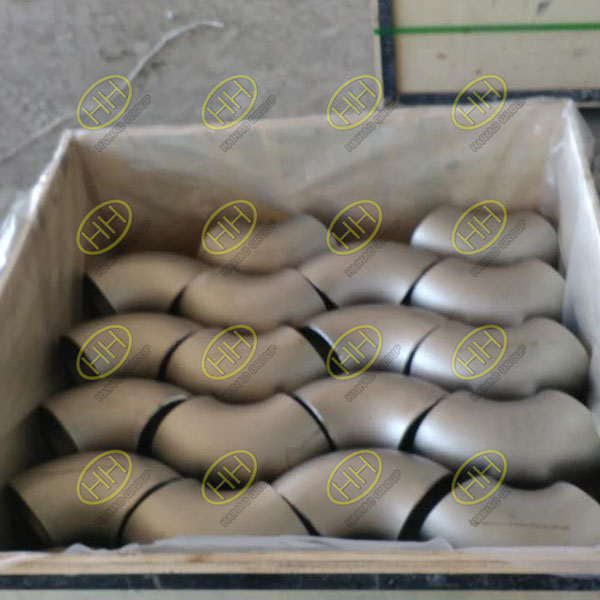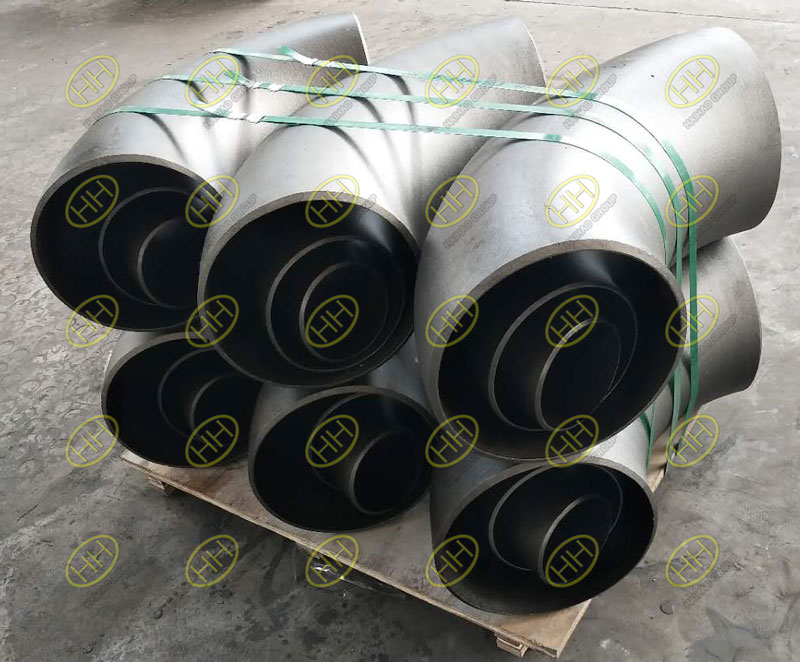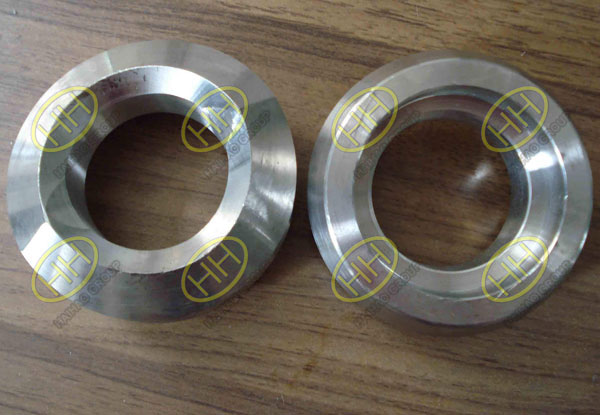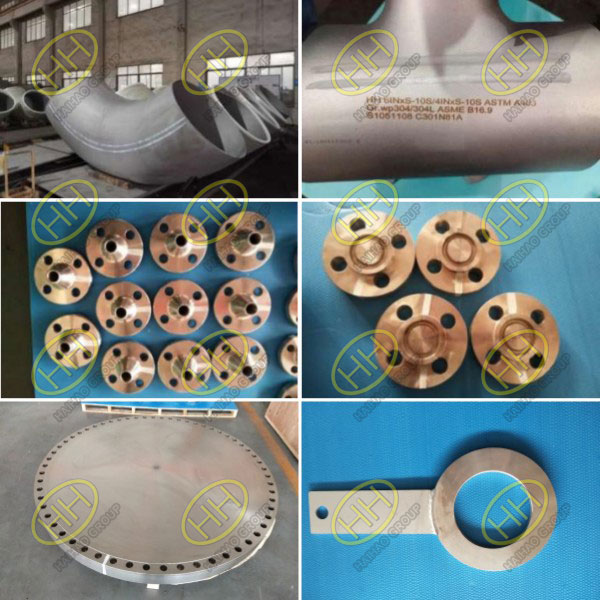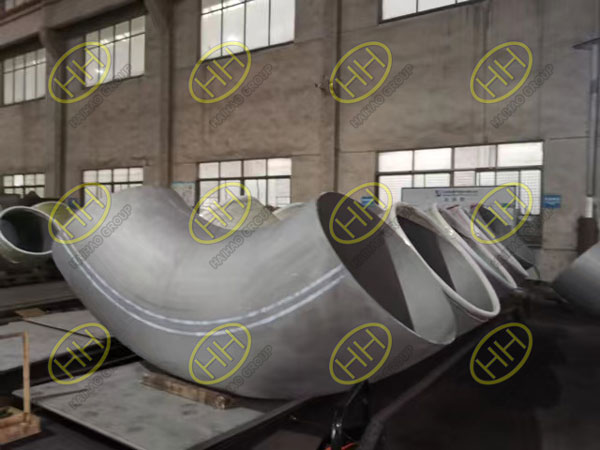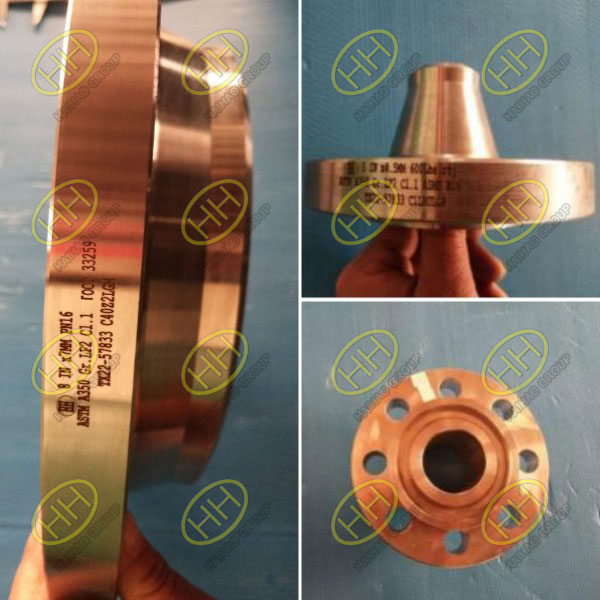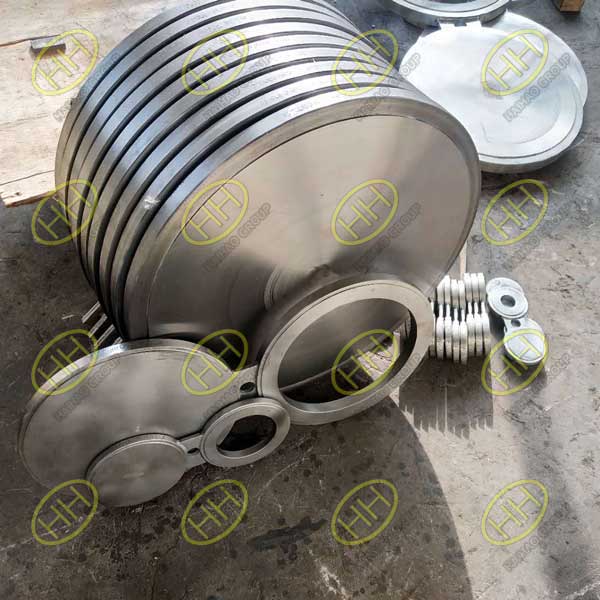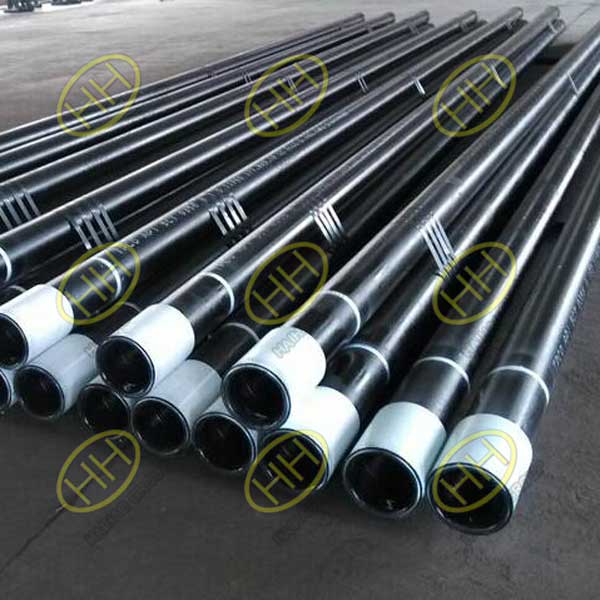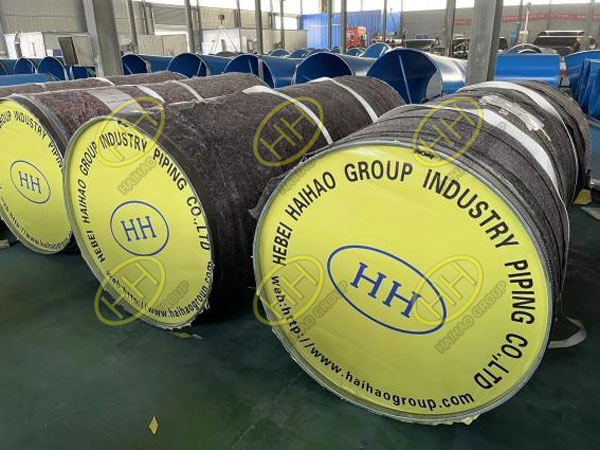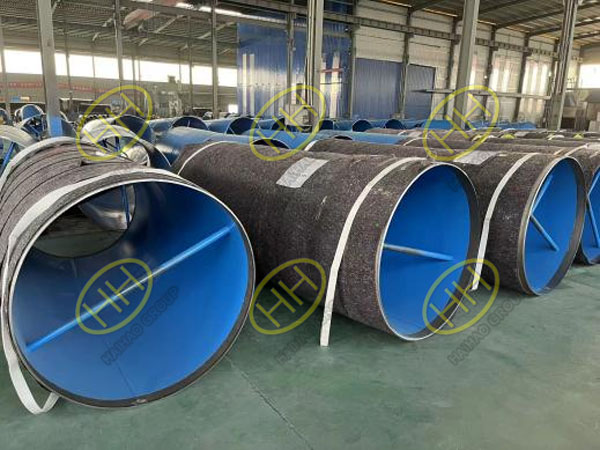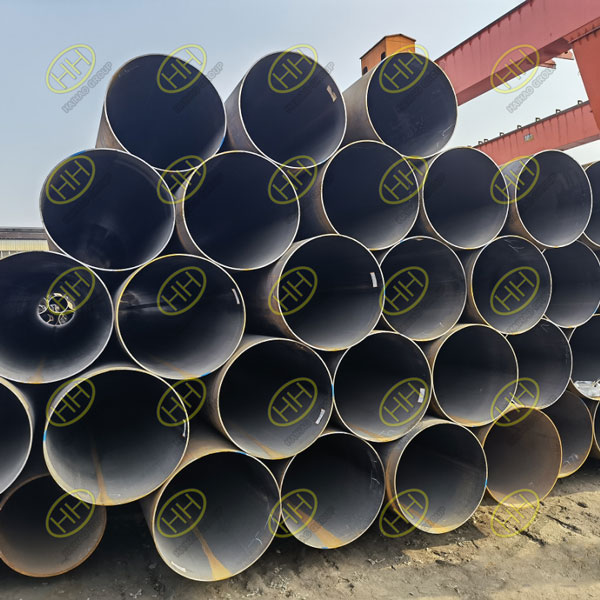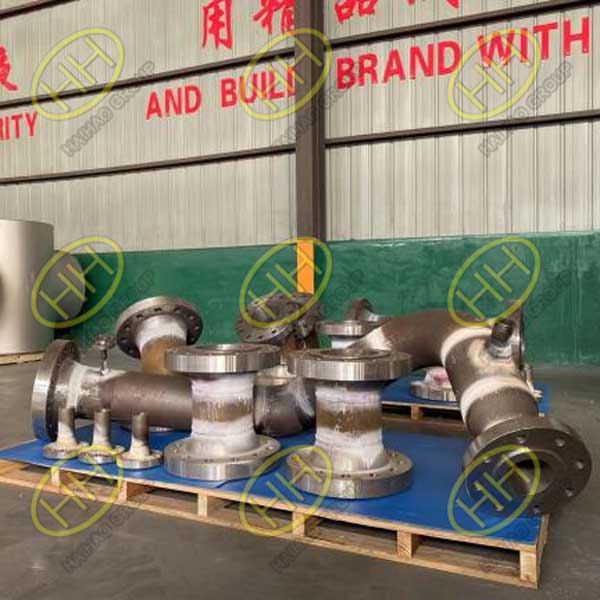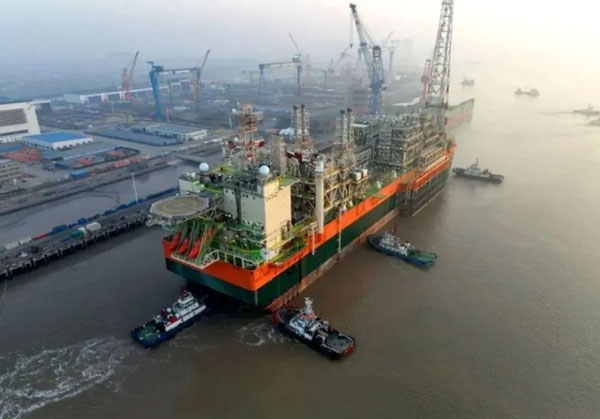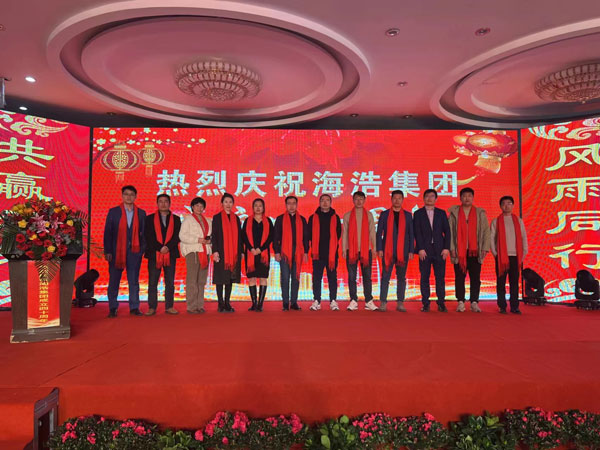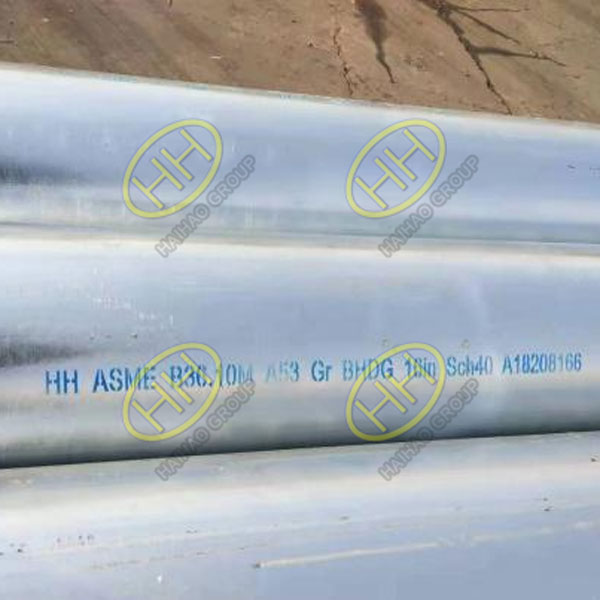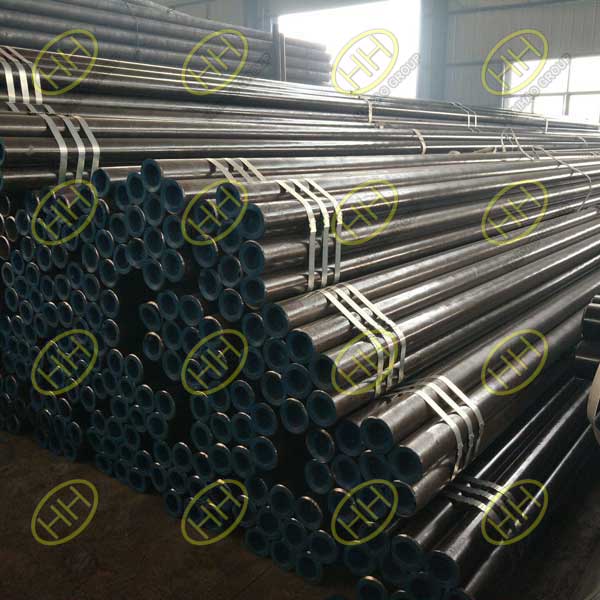-
EN10253-2 is a widely recognized European standard for the manufacturing of butt-welding pipe fittings. At Haihao Group, we are proud to offer a complete range of EN10253-2 standard fittings, including elbows, reducers, equal tees, caps, and reducing tees. ...
-
Two of the most commonly used standards for pipe fittings are ANSI/ASME B16.9 and ANSI/ASME B16.11.In this article, we will explore the differences between these two standards and the types of fittings they cover. ASME B16.9 90 degree short radius elbows A ...
-
Recently, our Turkey customer order a batch of MSS SP-97 ASTM A105 sockolets. MSS SP-97 ASTM A105 Sockolet is a type of pipe fitting that is used in piping systems to connect the branch pipe to the main pipe. It is known for its reliability, durability an ...
-
The APPLUS VELOSI inspector visited HEBEI HAIHAO HIGH-PRESSURE FLANGE & PIPE FITTINGS GROUP CO., LTD to perform final inspection for ASTM A403 Gr.WP304/304L ASME B16.9 pipe fittings and A182 Gr.F304/304L flanges at the end of the article, including vis ...
-
The Arctic LNG2 project is one of the most ambitious energy projects in the world. Located in the harsh Arctic environment, this project requires specialized equipment that can withstand extreme temperatures and harsh conditions. Our complete range of prod ...
-
The Haihao Group Arctic 2 project has recently passed the quality inspection of APPLUS VELOSI, indicating that the project’s products meet the required quality standards. This is good news for the project and for the company, as it demonstrates their ...
-
We are pleased to announce that we have successfully provided a high-quality LR B16.9 A234WPB carbon steel elbow with a diameter of 1200 mm, a 6-degree bend, and a wall thickness of 9.53 mm to our client. The LR B16.9 A234WPB carbon steel elbow is manufact ...
-
In January this year, the Arctic Liquefied Natural Gas Phase II (ALNG 2) project, led by Novatek, a Russian independent energy company, experienced a turnaround after being suspended for eight months. Spectacle Blind Flanges According to various sources, N ...
-
The oil casing is a steel pipe used to support the wall of oil and gas wells to ensure the normal operation of the whole well during and after the drilling process. The role of casing at different locations is different. Let’s take a look at the role ...
-
At the beginning of this year, Saudi customers sent an e-mail to our company for help. A local oil project urgently needed a batch of pipeline products. Products include large-diameter elbow, large-diameter tee, flange and other pipeline supporting product ...
-
As a large enterprise specialized in the research, development, production and sales of pipeline engineering supporting products, Haihao Group often cooperates with customers to complete some large project supplies. At the beginning of the year, an oil pro ...
-
Large-diameter straight-seam steel pipes are widely used in natural gas, petroleum, chemical industry and other fields, generally referring to straight-seam steel pipes with an outer diameter of over 500mm. The common product models are: φ 325× 8-20, φ 426 ...
-
Metal bellows is generally composed of bellows, mesh sleeve and joint. Corrugated pipe is the metal corrugated pipe itself, playing the role of flexibility; The net cover plays an active role in strengthening and shielding; Joint quality plays an important ...
-
1.The layout design shall meet the requirements of process piping and instrument flow diagram. 2.The pipeline layout shall be planned as a whole, safe, reliable, economical and reasonable, meet the requirements of construction, operation, maintenance and o ...
-
Driven by the the Belt and Road policy, Haihao’s export business has been increasing in recent years. Previously, a Bulgarian customer ordered pipe fittings in Haihao, including various types of flanges, elbows, tees, and other supporting products, w ...
-
Not long ago, the commissioning of the world’s largest natural gas processing FPSO was completed. Reviewing the whole supply process, when we just received the customer’s product requirements, the engineers of the technical department of Haihao ...
-
On January 7, the world’s largest natural gas processing floating storage and unloading platform N999 Tortue FPSO, designed and built by Qidong COSCO Marine, completed all commissioning work. After the completion of the sea trial, it is planned to tr ...
-
Endeavour for 40 years, passion for the future. In 1982, Hebei Haihao Group officially established its factory in Mengcun County, the hometown of pipe fittings in China. From a few people to more than 700 people, Haihao has always put product quality and s ...
-
Today, a batch of steel pipes ordered by Dutch customers have been inspected and ready for packaging and shipment. The customer signed a supply contract with Haihao last year, ordering products including flanges, elbows, and steel pipes. The flanges and el ...
-
Seamless steel pipe is a steel pipe perforated by a whole round steel, with no weld on the surface. It can be divided into general purpose (used for water and gas pipelines and structural parts, mechanical parts) and special purpose (used for boilers, geol ...

